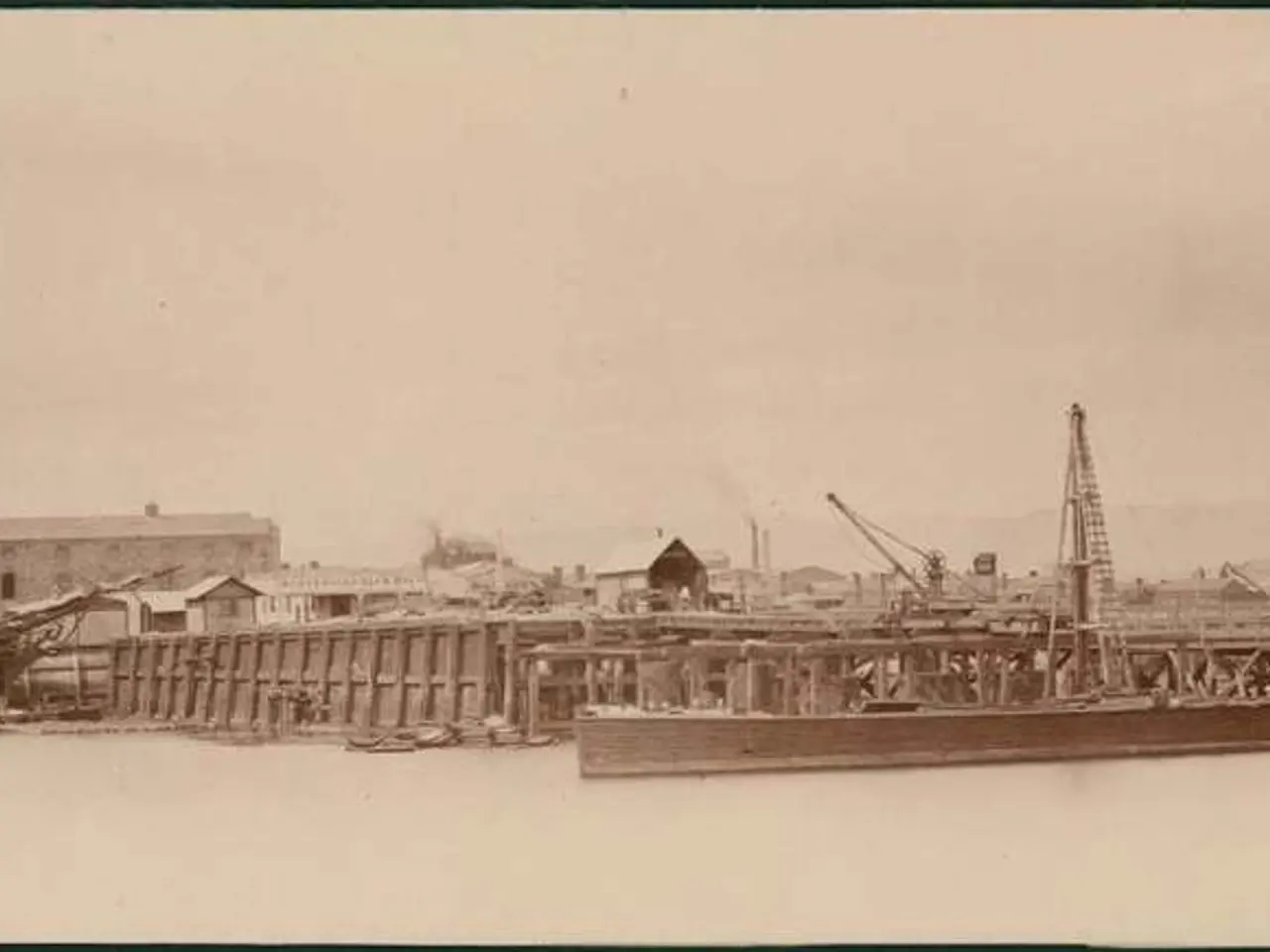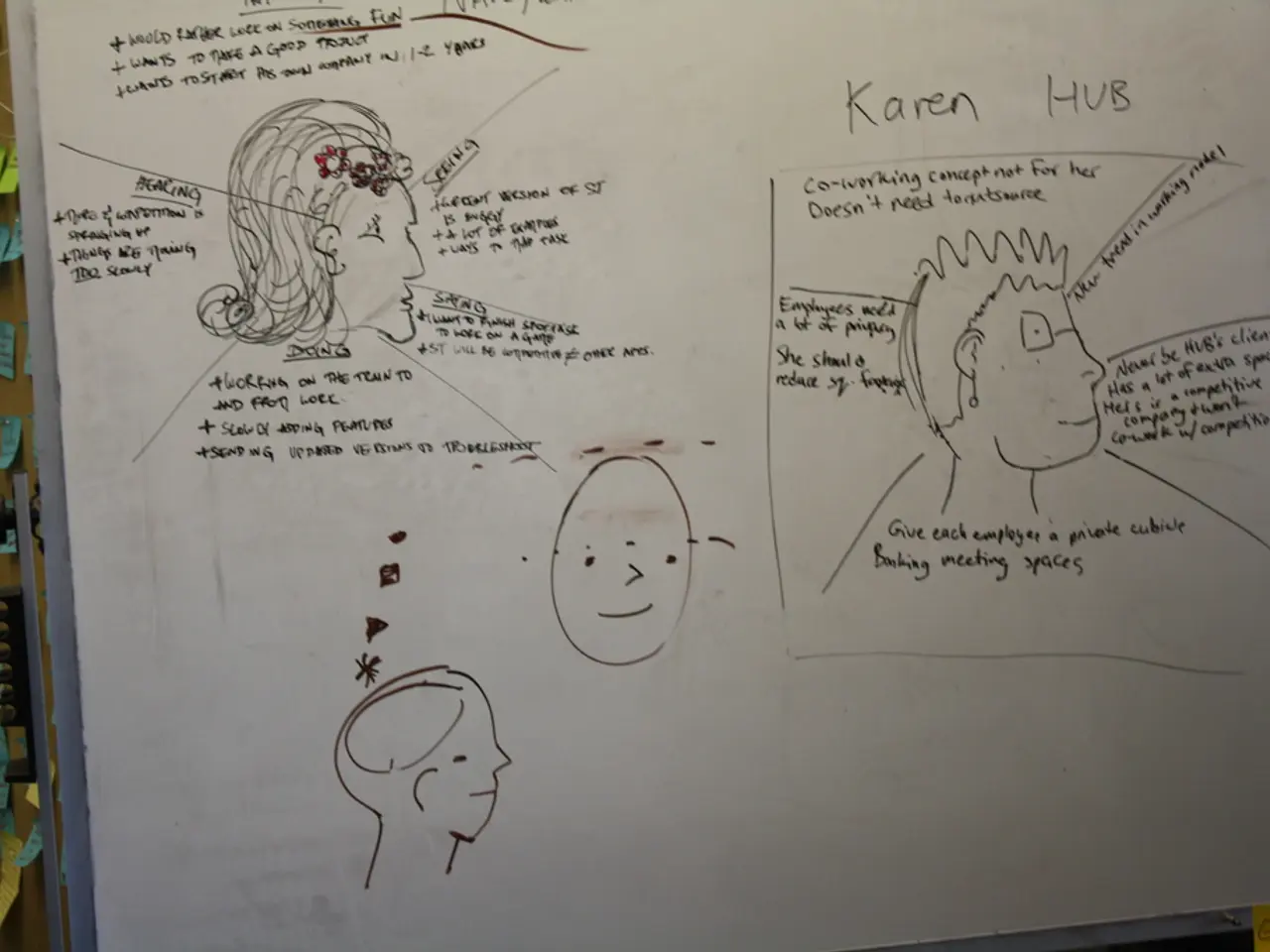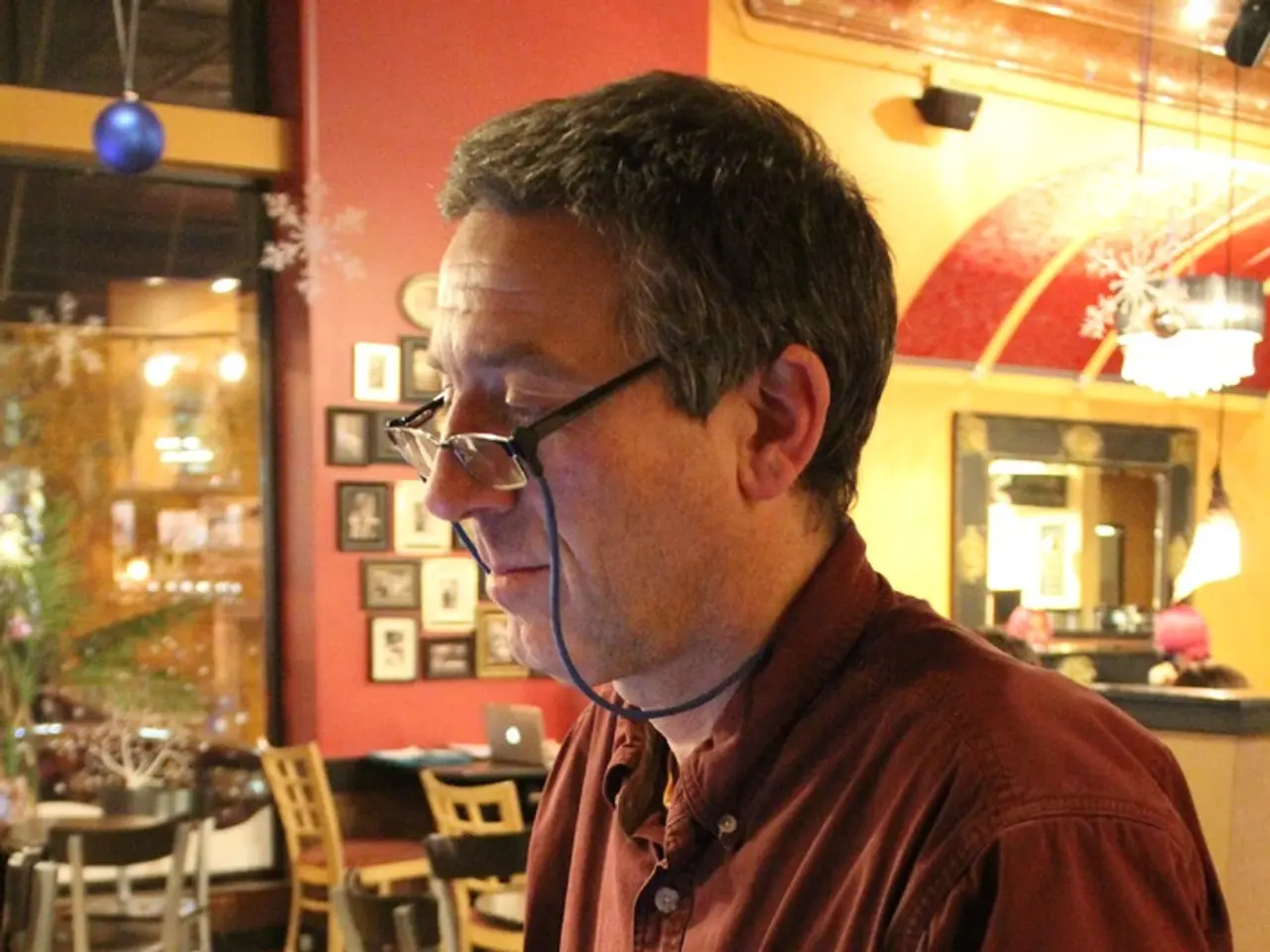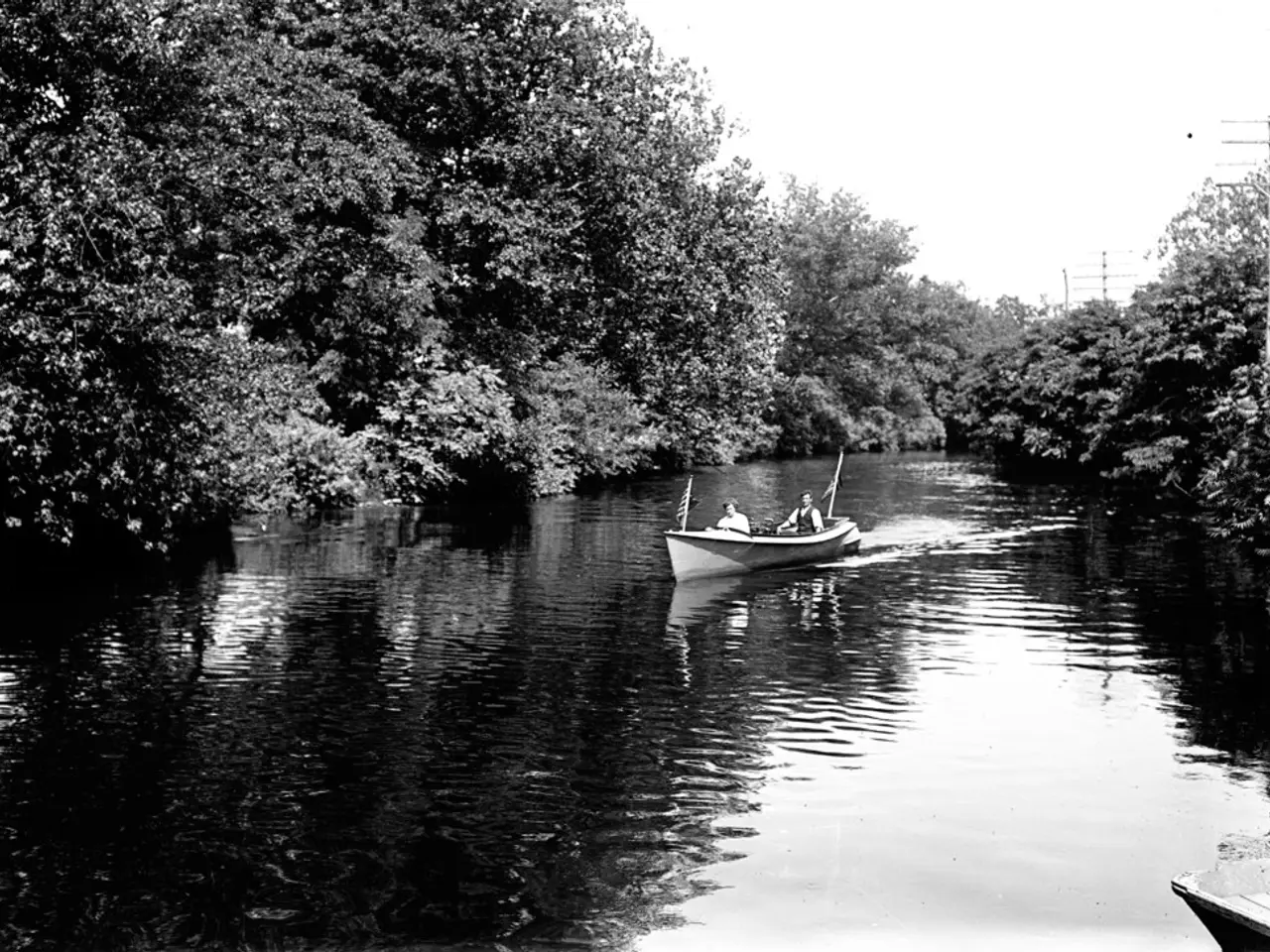Earthquake in Russia's Far East sparks tsunami that hits Hawaii's shores
On July 30, 2025, a powerful earthquake of magnitude 8.8 hit off the eastern coast of Russia's Kamchatka Peninsula, making it one of the six strongest earthquakes ever recorded by seismometers worldwide.
The epicentre of the earthquake was located approximately 21 km below the ocean surface, generating a Pacific-wide tsunami. Despite the enormous magnitude, the damage was relatively limited, with moderate damage and multiple injuries reported in Kamchatka Krai and Sakhalin Oblast.
The tsunami waves were weaker than initially feared, with waves mostly around 1 meter or less. Tsunami alerts were issued rapidly across the Pacific, enabling evacuations and protective measures. Russia declared a state of emergency in the northern Kuril Islands following tsunami waves there, particularly affecting the town of Severo-Kurilsk.
Japan evacuated approximately 1.9 million people in coastal prefectures, and precautionary evacuations took place at Fukushima Daiichi and Daini nuclear plants, though no safety issues were reported. The shaking was felt in northern Japan (Hokkaido) at an intensity of 2 on the Shindo scale, with one indirect fatality and 21 injuries largely attributed to tsunami-related evacuation efforts.
Seismologists from the USGS have issued aftershock forecasts indicating a high probability of large aftershocks, including those of magnitude 7 or greater, expected to continue for weeks after the main shock. The earthquake followed a sequence of over 50 magnitude 5+ foreshocks within days prior, including a magnitude 7.4 quake on July 20, 2025.
In addition to seismic impacts, the nearby Krasheninnikov volcano erupted for the first time in centuries just days after the earthquake, though it is unclear whether this was directly triggered by the seismic event.
The region, which includes Kamchatka and Russia's Far East, sits on the Pacific Ring of Fire, a geologically active region that is prone to earthquakes and volcanic eruptions. The situation in the region is currently under control, according to Danila Chebrov, director of the Kamchatka Branch of the Geophysical Service.
References:
- BBC News
- The Guardian
- USGS
- CNN
- The New York Times
- Politics aside, the general news about the earthquake off Russia's Kamchatka Peninsula adds to the ongoing discussions about the region's vulnerability to war-and-conflicts and natural disasters, as it sits on the Pacific Ring of Fire.
- As the days pass, the health situation in the affected areas such as Kamchatka Krai and Sakhalin Oblast, continues to be monitored closely, considering possible impacts from the earthquake, tsunami, and subsequent aftershocks.
- In migration news, there have been reports of displaced people seeking shelter and assistance following the earthquake, adding to existing challenges in the region's crime-and-justice and accidents response systems.
- Moreover, the earthquake has raised new concerns about the potential risks posed by car-accidents and fires, particularly in areas prone to aftershocks and power outages, highlighting the need for increased safety measures in disaster-prone regions.
- The media, including outlets like BBC News, The Guardian, USGS, CNN, and The New York Times, have been providing continuous updates on the earthquake, its aftermath, and the ongoing efforts to mitigate potential risks in the affected areas.








